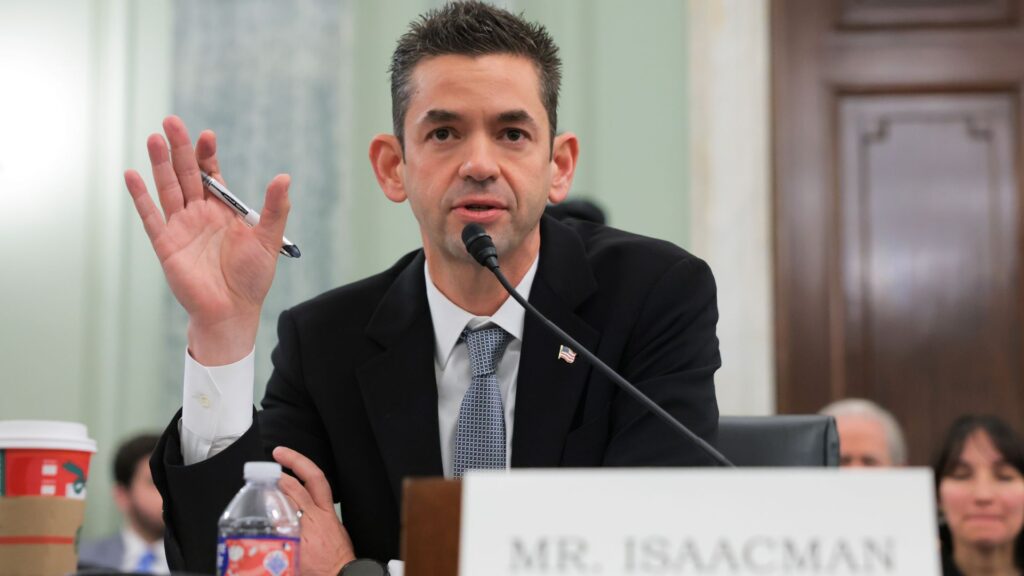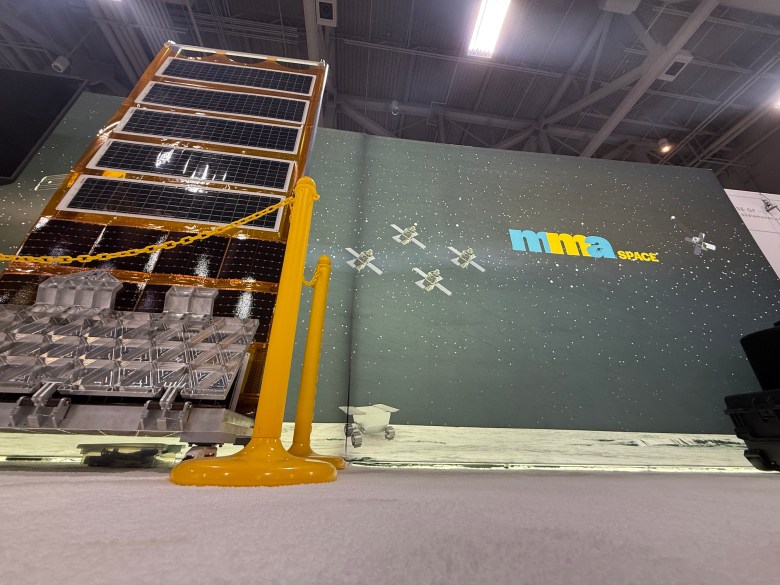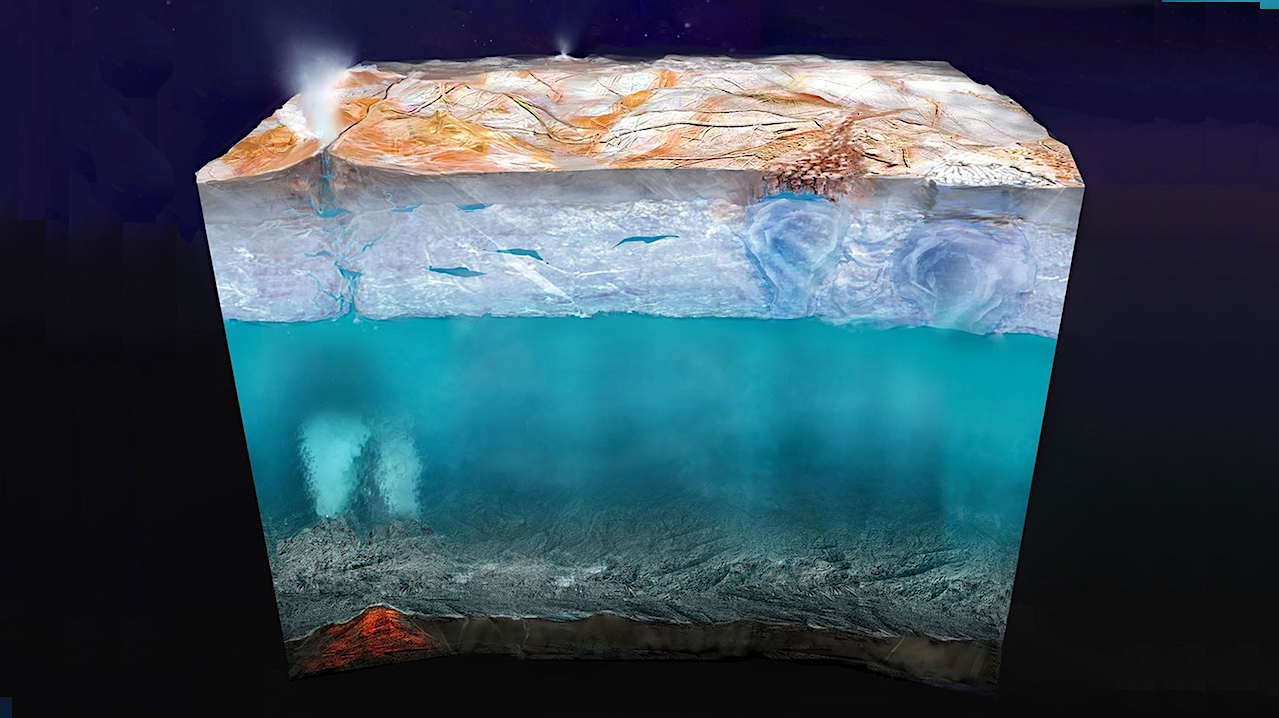Now Reading: NASA’s Roman Space Telescope gets its ‘extremely strong sunblock’ installed
-
01
NASA’s Roman Space Telescope gets its ‘extremely strong sunblock’ installed
NASA’s Roman Space Telescope gets its ‘extremely strong sunblock’ installed
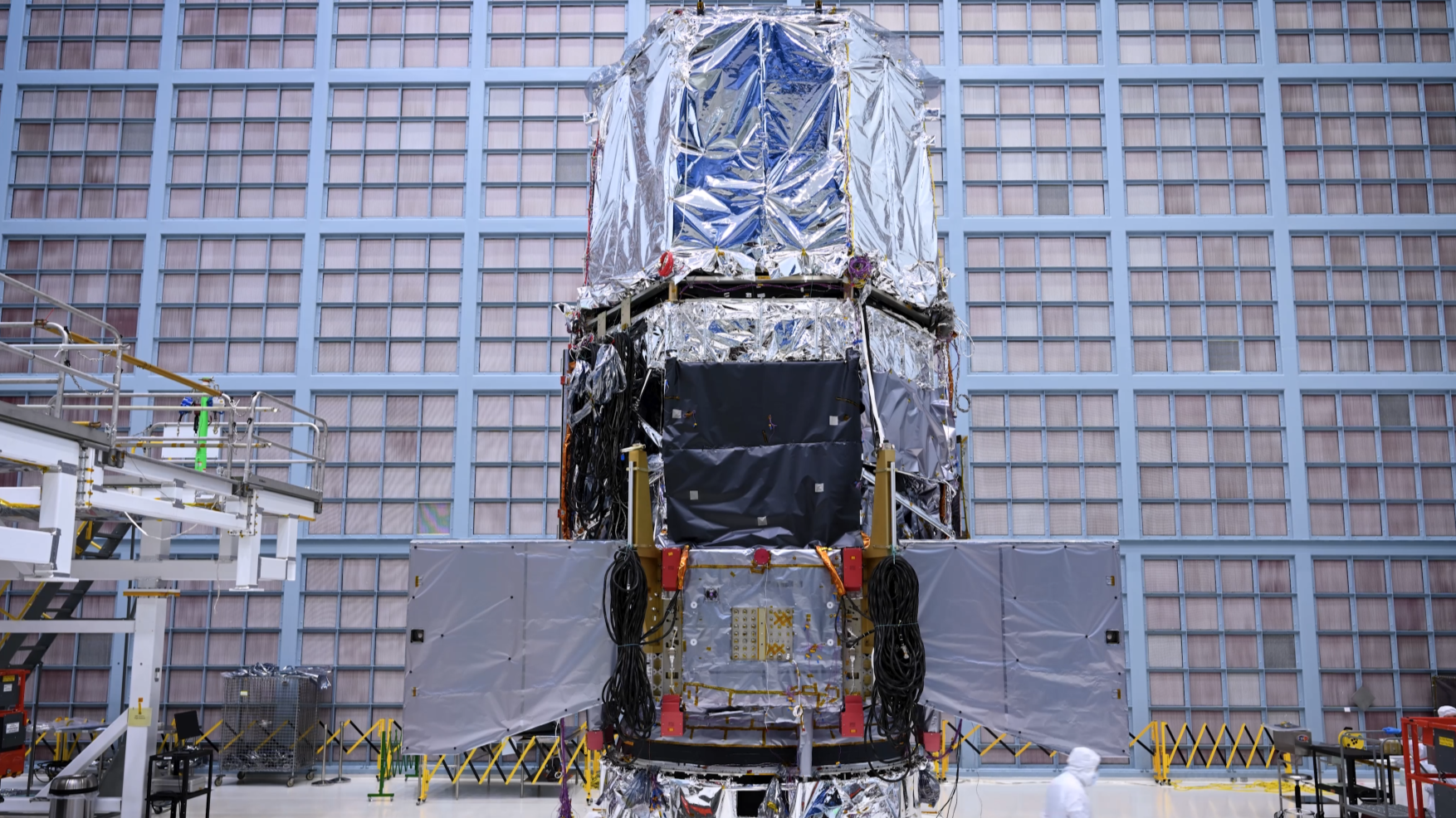
In a major step forward for one of NASA’s most anticipated space observatories, engineers at the Goddard Space Flight Center in Greenbelt, Maryland, have successfully installed two sunshields on the Nancy Grace Roman Space Telescope.
“This shield is like an extremely strong sunblock for Roman’s sensitive instruments, protecting them from heat and light from the sun that would otherwise overwhelm our ability to detect faint signals from space,” Matthew Stephens, an aerospace engineer at NASA Goddard, said in a statement.
The milestone is of note, considering how recent federal budget proposals could pose serious risks to Roman’s future and its timeline for launch. Trump’s budget request for fiscal year 2026 calls for sweeping cuts to NASA funding. These reductions threaten to delay or even cancel high-profile science missions, including Roman, which has already faced earlier funding uncertainties.
While Roman is currently on track for launch by May 2027, with a target as early as fall 2026, the proposed cuts could disrupt integration, testing and mission operations if enacted. Scientists and engineers warn that continued budget instability may undermine decades of planning and investment in Roman, a flagship observatory designed to unlock major cosmic mysteries — from dark energy to exoplanet intricacies. Congressional efforts to restore funding are underway, but the telescope’s future may hinge on whether lawmakers succeed in reversing the proposed cuts.
However, it would appear that scientists are continuing to work on the telescope as though it will be completed just as planned to begin with.
These two newly installed panels — part of the Lower Instrument Sun Shade — join the telescope’s Solar Array Sun Shield and Deployable Aperture Cover, forming a protective barrier that will keep Roman’s instruments cool and stable as it peers deep into the infrared universe.
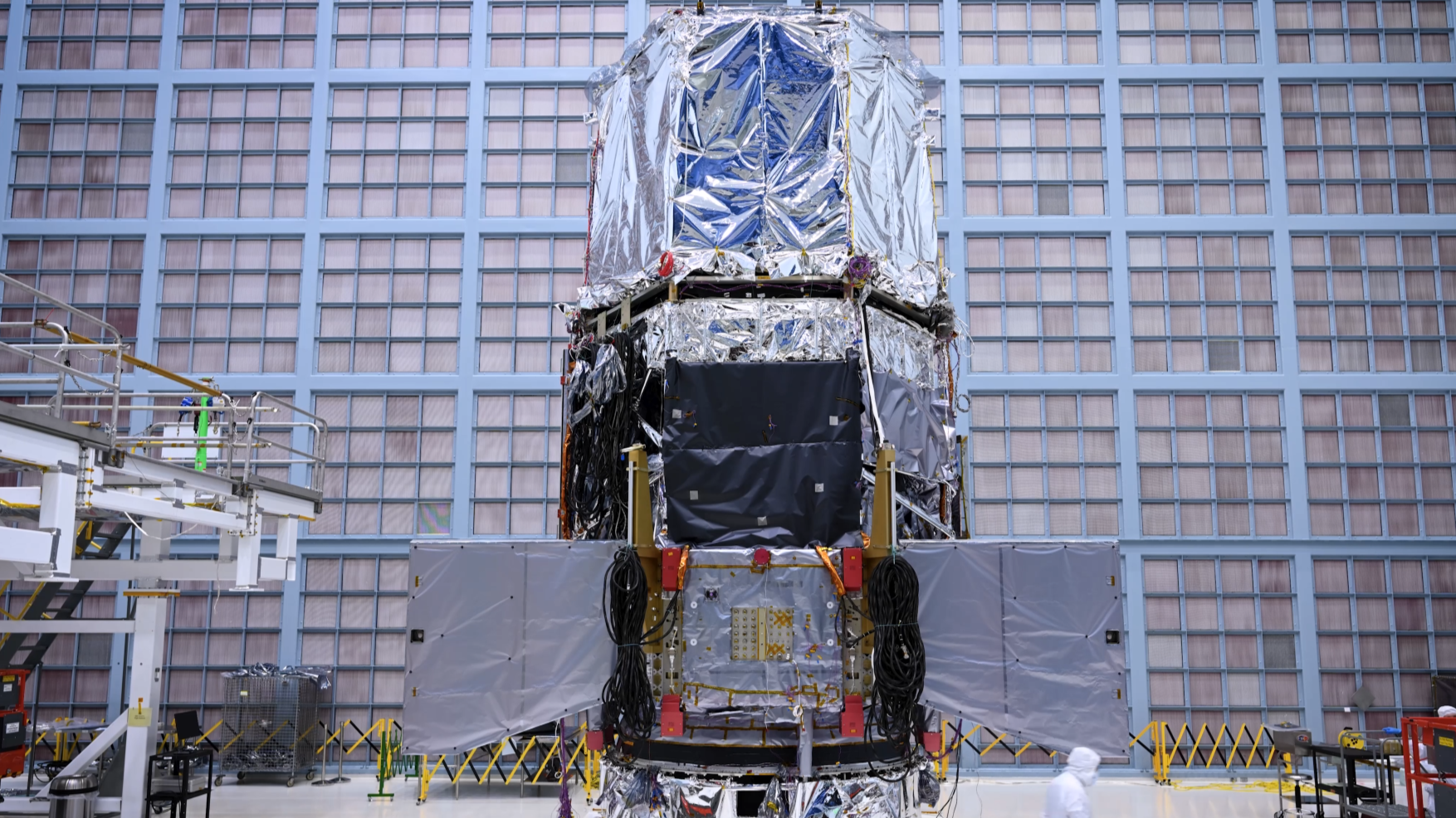
Each panel is about 7 by 7 feet (2.1 by 2.1 meters), and 3 inches (7.6 centimeters) thick. “They’re basically giant aluminum sandwiches, with metal sheets as thin as a credit card on the top and bottom and the central portion made up of a honeycomb structure,” Conrad Mason, an aerospace engineer at NASA Goddard, said in the statement.
The panels are lightweight yet rigid, minimizing heat transfer from the sun-facing side, which can reach temperatures of up to 216°F (102°C), to the shaded side, which can plunge to –211°F (–135°C). Each panel is wrapped in a specialized polymer blanket, fitted with 17 layers on the sun-facing side and a single one on the cold side to help regulate temperature.
The last piece in Roman’s inner segment assembly, this portion of the telescope will now a series of rigorous evaluations to ensure it can withstand the harsh conditions of space — most notably a 70-day thermal vacuum test, where the assembly will be exposed to extreme temperatures and a vacuum environment to simulate the conditions it will face once launched.
After testing wraps up, the sunshade will be briefly removed to allow engineers to join Roman’s inner and outer assemblies—a key step toward completing the full observatory. Once reattached, Roman will be nearly ready for launch.
Stay Informed With the Latest & Most Important News
Previous Post
Next Post
-
 012024 in Review: Highlights from NASA in Silicon Valley
012024 in Review: Highlights from NASA in Silicon Valley -
 02Panasonic Leica Summilux DG 15mm f/1.7 ASPH review
02Panasonic Leica Summilux DG 15mm f/1.7 ASPH review -
 03How New NASA, India Earth Satellite NISAR Will See Earth
03How New NASA, India Earth Satellite NISAR Will See Earth -
 04And Thus Begins A New Year For Life On Earth
04And Thus Begins A New Year For Life On Earth -
 05Astronomy Activation Ambassadors: A New Era
05Astronomy Activation Ambassadors: A New Era -
06SpaceX launch surge helps set new global launch record in 2024
-
 07Space Force plans new ‘Futures Command’ amid pressure to speed up modernization
07Space Force plans new ‘Futures Command’ amid pressure to speed up modernization












